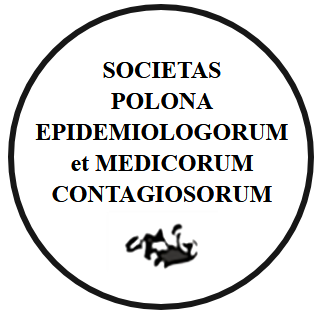ABSTRACT
INTRODUCTION. Depression, anxiety, and stress are common problems among nurses.
OBJECTIVE. This meta-analysis was conducted to investigate the prevalence of depression, anxiety, and stress among nurses working in Iranian hospitals.
MATERIALS AND METHODS. Published studies on nurses working in Iranian hospitals were investigated in this meta-analysis. All national and international online databases, including Web of Science, PubMed, Scopus, Embase, Cochrane Library, Scientific Information Database (SID), MagIran, and IranMedex, as well as Google Scholar, were searched using related keywords without any time limits until September 2017. The heterogeneity of studies was assessed using the I2 index. Data were analyzed in STATA version 11.1.
RESULTS. In 28 studies with a sample size of 6581 people, the prevalence of depression was 31% (n=2040) among Iranian nurses (31% in females and 28% in males) according to Beck’s Depression Inventory (BDI); 30% (n=1974) (54% in females and 40% in males) according to the 21-Item Depression, Anxiety and Stress Scale (DASS-21); and 9% according to the General Health Questionnaire (GHQ-28). The prevalence of mild, moderate, and severe depression in nurses was 39%, 16%, and 20% according to the BDI; 8%, 24%, and 4% according to DASS-21; and 48%, 36%, and 16% according to GHQ-28, respectively. The prevalence of anxiety and stress was 85% and 67% in Beck’s inventory, 28% and 38% in DASS-21, and 46% and 49% in GHQ-28, respectively.
CONCLUSION. According to the BDI and DASS-21, about one-third of Iranian nurses have depression with a female predilection. Nurses play an essential role in improving the quality of treatment; therefore, health policymakers must pay attention to reducing depression among nurses.
Możesz zmienić ustawienia cookies w swojej przeglądarce. Ograniczenie stosowania plików cookies w konfiguracji przeglądarki może wpłynąć na niektóre funkcjonalności dostępne na stronie.




